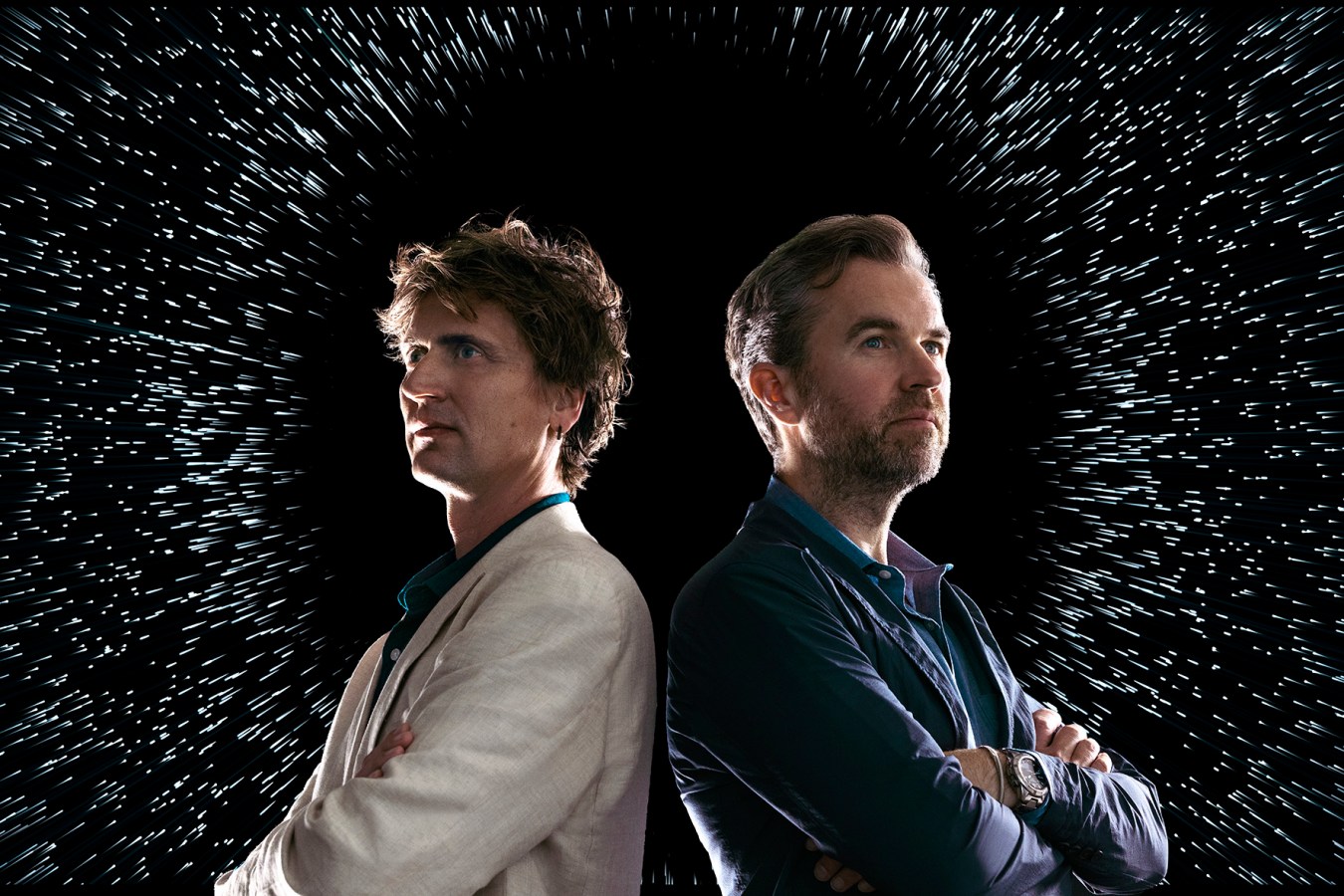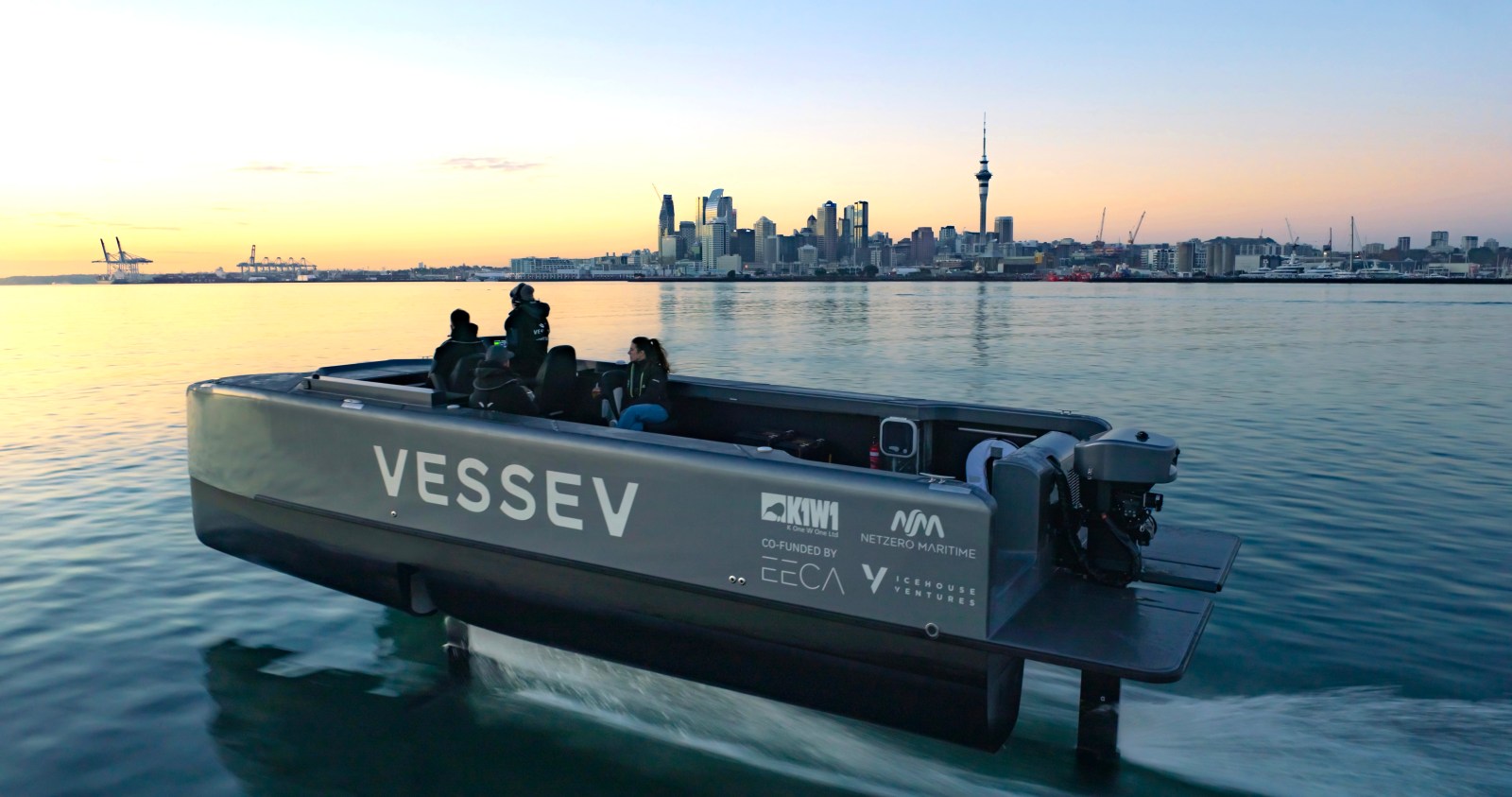The Great Barrier Reef is one of the seven wonders of the natural world. It is the most extensive coral reef system on the earth – and after the back-to-back bleaching events of 2016 and 2017, it is in danger of extinction. The Great Barrier Reef Foundation is now partnering with businesses including probiotics manufacturer Life-Space to develop new solutions to save the reef.
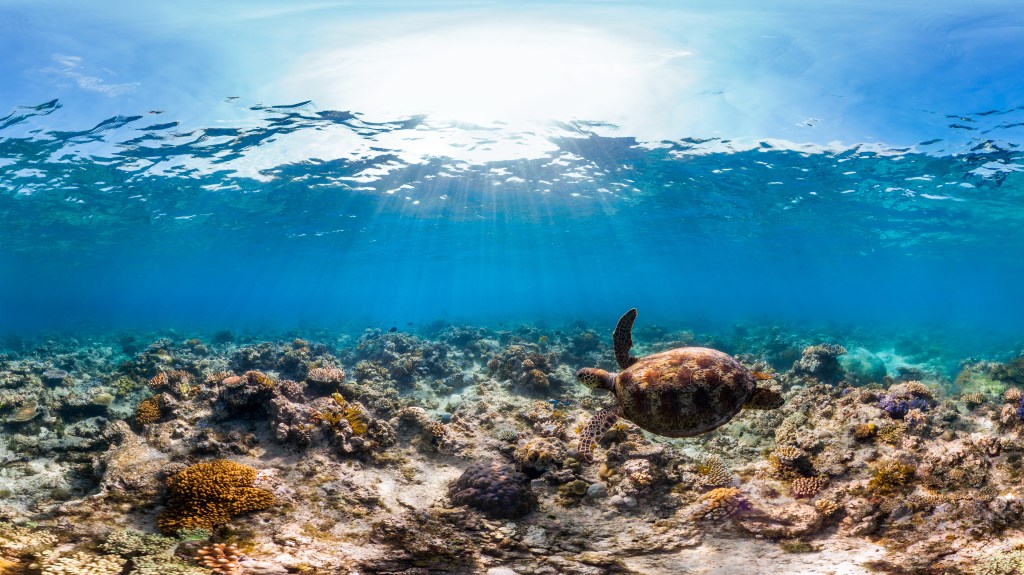
When Anna Marsden joined the Great Barrier Reef Foundation as its managing director in 2016, she could never have known what she faced. The first global mass coral bleaching event occurred three months into her role. The year after that, it happened again. In those two years, 50% of the coral in The Great Barrier Reef was wiped out.
Coral bleaching results from a marine heatwave – an increase of around 2 to 3 degrees celsius. It’s called bleaching because corals, usually vibrant in colour, lose their colour altogether. Why? They boot out their colour-giving cells, called zooxanthellae. Zooxanthellae produce oxygen and help coral remove waste, as well as supply the coral with glucose, glycerol and amino acids, which the coral can then use to make proteins, fats and carbohydrates – to eat. In return, the coral gives these zooxanthellae a home. But when water temperatures heat up, the coral host removes the zooxanthellae and loses its colour.
“It’s not a dead coral; it’s a coral under pressure,” Marsden explains. “It’s naked, starving and can survive in a bleached state for up to 30 days. It can recover if cloud cover comes in and temperatures come down, but if after the 30 days, the water is still warm, the coral will perish.”
In 2018, the federal government established a six-year, $444 million partnership with the Great Barrier Reef Foundation to achieve significant, measurable improvement in the health of the reef. In 2020, the Australian Institute of Marine Science (AIMS) joined forces with the foundation and a consortium of other organisations (including the CSIRO) to launch the Reef Restoration and Adaption Program to support the reef. It has been been testing and risk-assessing potential interventions aimed at cooling and shading the reef, assisting Reef species in adapting to the changing environment and supporting the restoration of damaged and degraded reefs.
The foundation has also partnered with the likes of Tiffany & Co (committed $1 million to the reef), Coles (committed $10 million to the reef), Lendlease (committed $10 million to the reef), Qantas and Life-Space Probiotics. Each partnership brings investment and also a brains trust, Marsden says. For example, the collaboration with Tiffany & Co involved a global challenge to find new ideas to save the reef. Out of that, a diamond was found: could probiotics make a difference in the marine setting?
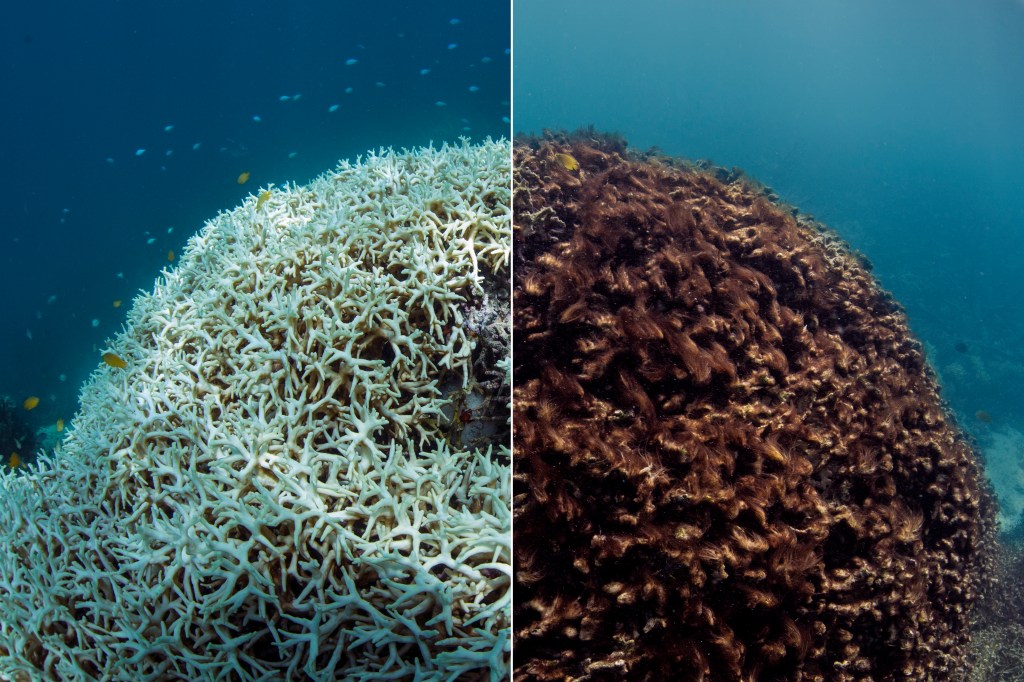
“People use probiotics for human health,” Marsden says, “And they are used in farming and agriculture, but they had never been used for ocean health. It was a fascinating hypothesis.”
A small study showed up to a 40% impact on the health and survival rate of corals under heat stress if they were given a probiotic. “We received some investment from the Commonwealth, but we’re a charity – we’re always open for business and trying to secure additional investment,” Marsden says. “We were approached by a marketing person from Life-Space talking about their environmental messaging and where they could show up, and we pointed out this program.”
Life-Space CEO Eric Chen says after learning about the project details, they felt the partnership would generate more public awareness of the importance of protecting the reef.
“There is a gap between the science of probiotics and the general understanding of it in Australia,” Chen says. “It is interesting that probiotics have been used in this project to support the resilience of the Great Barrier Reef, which as a national icon could best resonate with the ordinary Australian people.”
The three-year partnership with Life-Space Probiotics saw the business invest up to $2.25 million to fund probiotics research to boost baby coral health and survival rate. In the time since, AIMS scientists have been able to grow the probiotic within algae, which is a coral’s natural food source. Now, they’re looking at how to dispense the algae into coral reefs.
“There are a lot of little wins,” Marsden says. “The world wants a silver bullet, but no such thing exists. The result will be a toolbox of technologies that can be dispensed to coral worldwide – some could make the corals tougher, and some could make the corals populate faster.
“This will not be the same Great Barrier Reef that our grandparents knew – it will be a different one, but in the end, I believe we will buy this reef time. Even if she has some dark days, I believe she will be able to recover.”
Seeing the problem
There are three main causes for the world losing its coral reefs, according to Underwater Earth co-founder and managing director Lorna Parry: overfishing, pollution and climate change. Three vexing problems not only threaten the livelihood of about 500 million people who directly rely on the reefs, they also put in jeopardy the 25% of the world’s marine life in our oceans, which is also dependent on them.
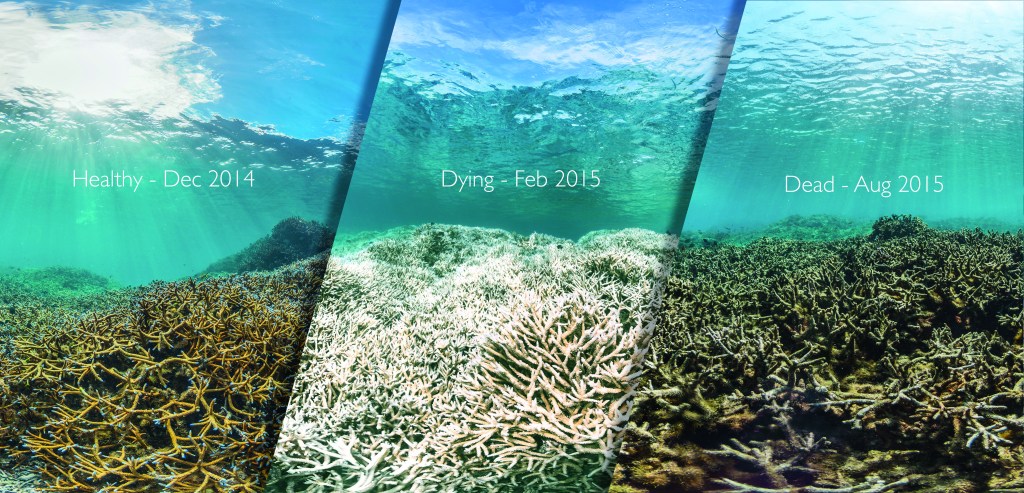
And when you think that less than a 10th of 1% of our oceans are coral reefs, the numbers are frightening.
Underwater Earth is a not-for-profit founded in 2010 by a group of communication specialists who shared a passion for the ocean and wanted to use innovative technology to spread the word about the trouble the seas are in.
“We have pesticides, overfishing, pollution, sewage and dynamiting, destruction of reefs to build houses. All these different things have impacted the reefs at a local level. And reefs were already under strain – then along comes our heating planet and adds this other very significant complication on top,” Parry says.
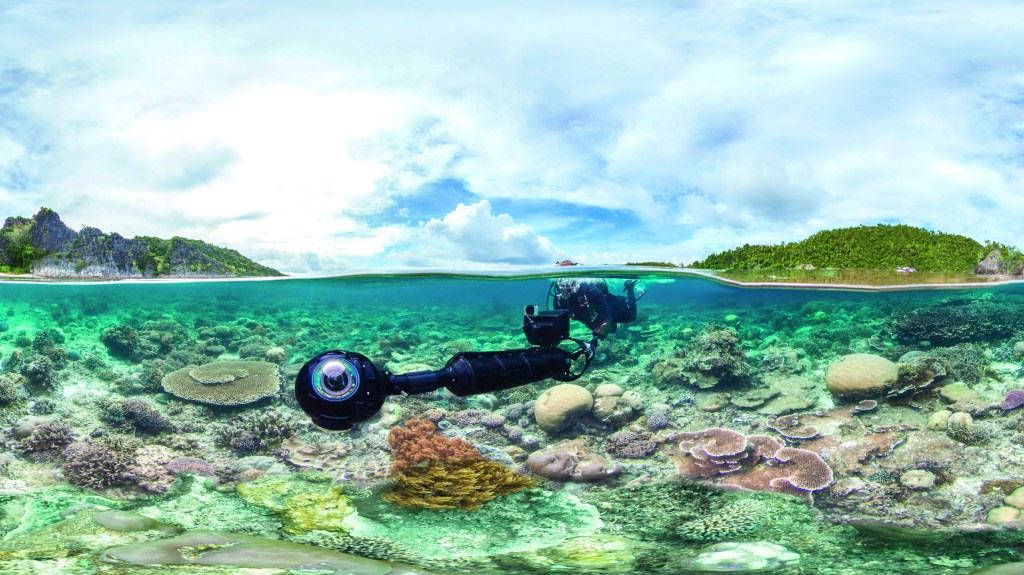
“When we started the charity, our number one goal (given what’s under) the ocean is out of sight, out of mind, (was) how do you get people to see, understand, care, and then act, do positive things for the ocean.
“We did Google Street View underwater. We took the idea to Google and asked, how do we reveal the ocean? We want to do street view, but underwater. They said, fantastic. We love that concept. If you can make it work, we’ll partner with you.”
Funded by founding sponsor XL Catlin (now AXA XL), Underwater Earth then developed an underwater camera capable of depicting the reefs with 360-degree images, which were then suitable to be used in Google Street View. The results have, the charity claims, been viewed “in the billions”.
“This was about educating, inspiring the world,” Parry says. “It allows people to understand the complexity and beauty of our reefs. Then you can start to communicate about the ocean issues.”
But the benefits of filming life on the reefs go beyond PR, and the images give scientists a record of what the reefs were like at the time of the shooting – a reference point to not only explore what’s down there but also to see how things are changing over time.
Parry says now the organisation wants to repeat the process and resurvey all the reefs, with new technology, existing machine learning and AI to analyse the imagery as it’s created. What could take years to be analysed can be done in days and weeks, giving scientists an invaluable insight into reef degradation that occurred in the intervening period.
Will we lose the Great Barrier Reef entirely if things don’t change radically? Parry says no, but with important caveats.
“We could lose areas (and) the complexity of the reefs. A reef in a healthy place has all these different types of corals, all different shapes and sizes. What we may find is that the reefs’ integrity will get lost. They’re saying that by 2050 we could lose 90% of our coral reefs worldwide.”
Look back on the week that was with hand-picked articles from Australia and around the world. Sign up to the Forbes Australia newsletter here or become a member here.
